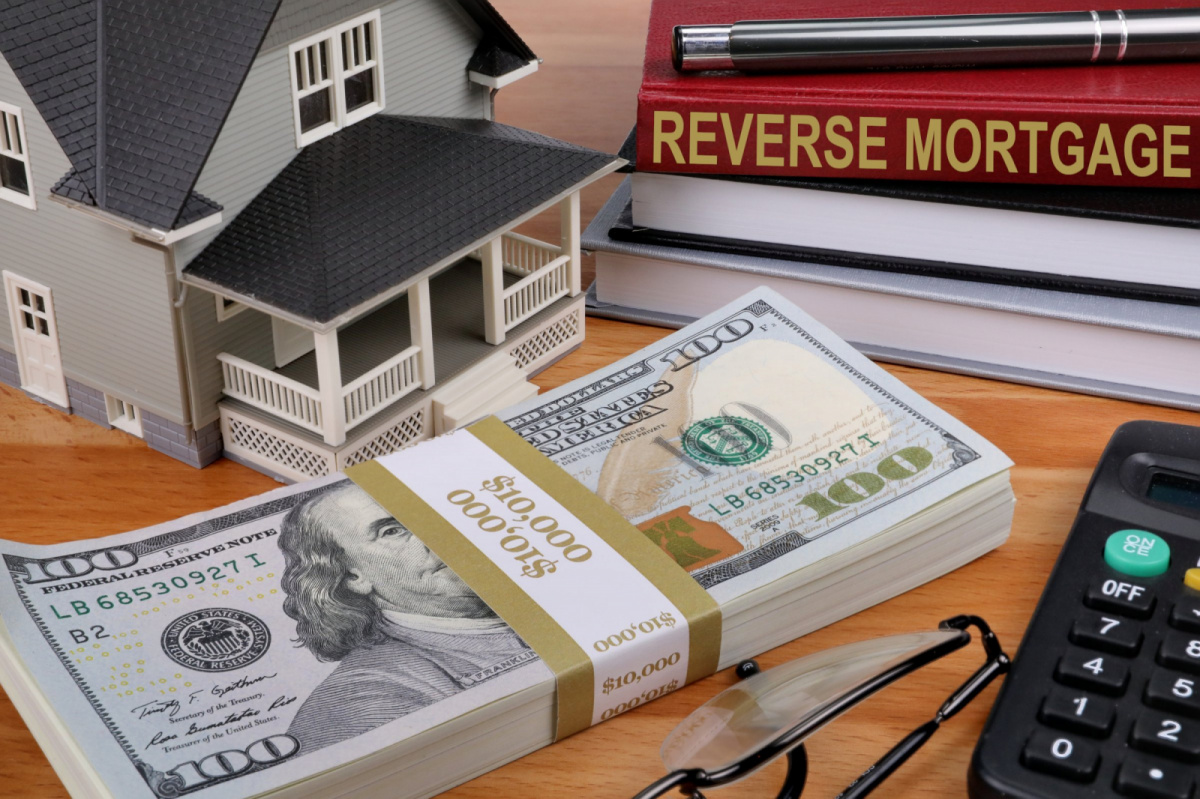Are Reverse Mortgages Safe? The Surprising Truth About Their Risks and Rewards
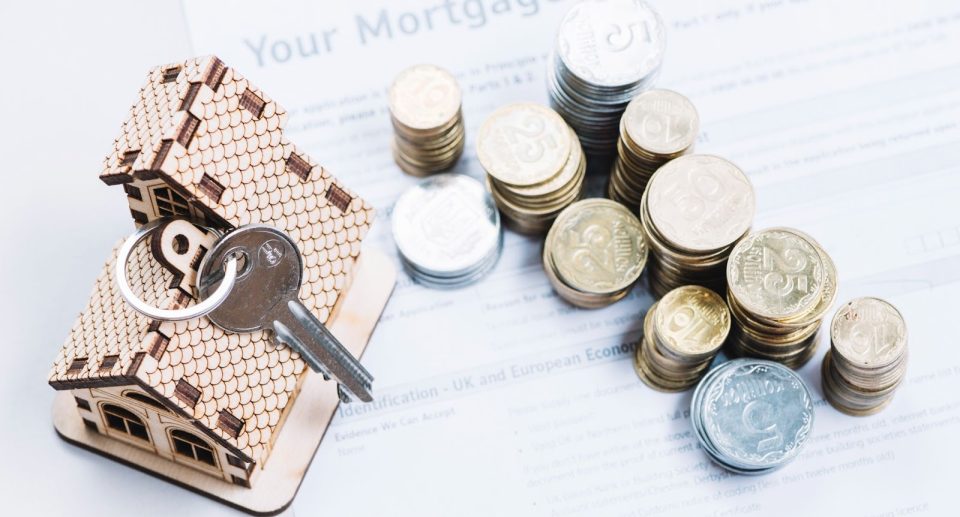
What is a Reverse Mortgage?
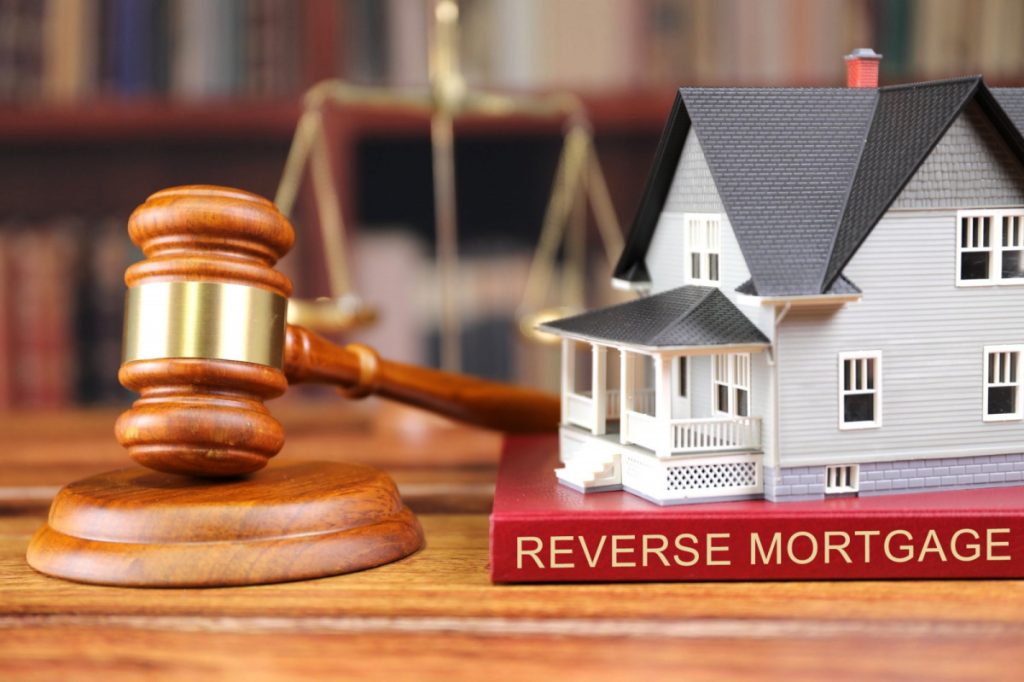
A reverse mortgage is a type of loan that allows homeowners aged 62 and older to access a portion of their home’s equity as a lump sum or through regular payments. Unlike a traditional mortgage, where you make monthly payments to the lender, a reverse mortgage provides you with cash without making monthly payments. Instead, the loan balance, including interest and fees, becomes due when you sell the home, move out, or pass away.
With a reverse mortgage, you retain ownership of your home, and the loan is repaid when the last surviving borrower moves out or passes away. The amount you can borrow depends on your age, the value of your home, and the interest rate on the loan. Generally, the older you are and the higher the value of your home, the more you can borrow.
There are three main types of reverse mortgages:
1. Home Equity Conversion Mortgage (HECM): This is the most common type of reverse mortgage insured by the Federal Housing Administration (FHA). HECMs have lending limits and require borrowers to receive counseling from a HUD-approved agency.

2. Proprietary Reverse Mortgage: Some lenders offer private loans for higher-value homes that exceed the HECM lending limits. These loans typically have higher upfront costs but may allow you to borrow more.
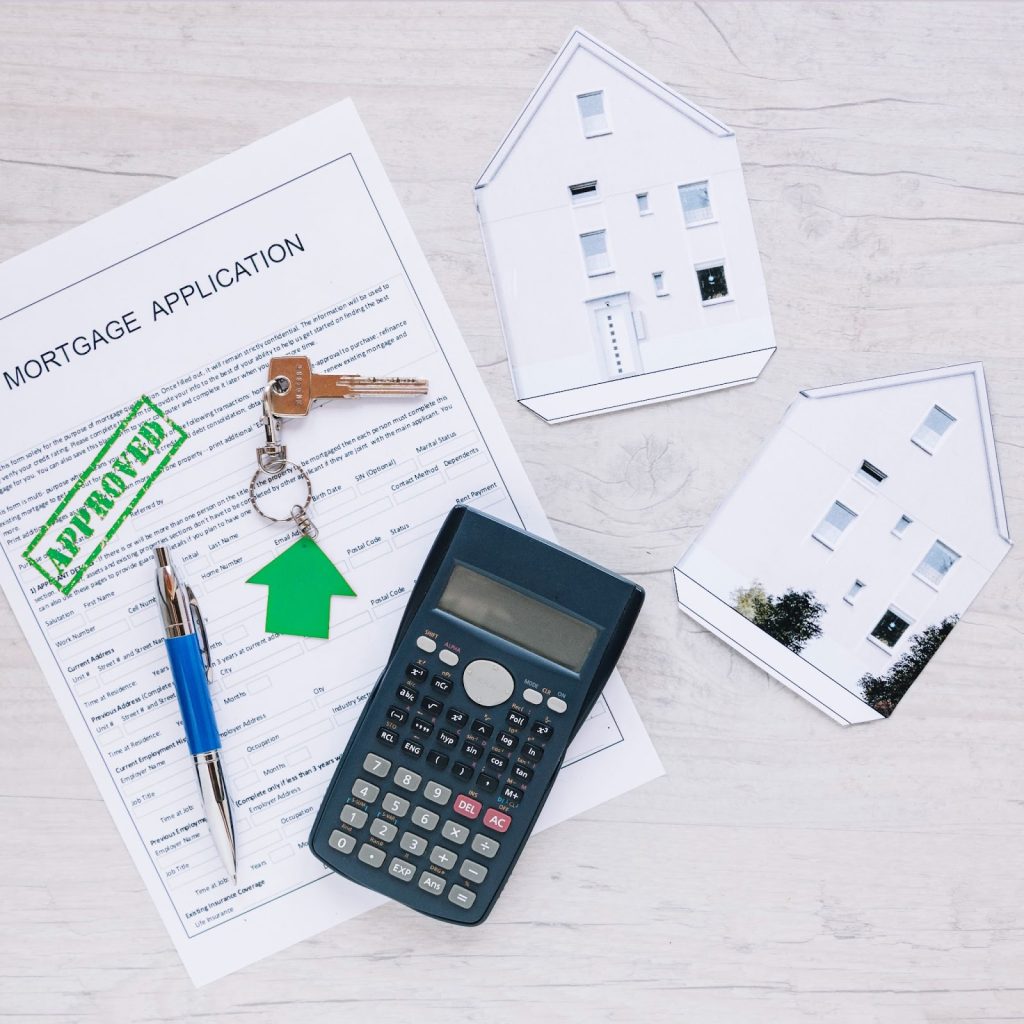
3. Single-Purpose Reverse Mortgage: Some state and local government agencies or non-profit organizations offer these for specific purposes, such as home repairs or property taxes.
To be eligible for a reverse mortgage, you must own your home outright or have a low mortgage balance, live in the home as your primary residence, and meet age requirements (typically 62 or older). The amount you can borrow also depends on your age, home value, and interest rates.
Are Reverse Mortgages Safe?
Reverse mortgages can be a valuable financial tool for senior homeowners, but they also come with potential risks and drawbacks that should be carefully considered. One of the primary concerns with reverse mortgages is the accumulation of fees and interest over time, which can significantly reduce the equity remaining in the home.
Reverse mortgage lenders typically charge origination fees, mortgage insurance premiums, servicing fees, and closing costs, which can add up to thousands of dollars upfront. Additionally, the loan balance’s interest accrues over the loan’s life, increasing the total amount owed. If the loan balance grows larger than the home’s value, the borrower or their heirs may end up owing more than the home is worth when it comes time to repay the loan.

Another potential risk is the possibility of foreclosure if the borrower fails to meet the loan obligations, such as paying property taxes, homeowner’s insurance, and maintaining the property. Reverse mortgages also require the borrower to live in the home as their primary residence, and if they move out for an extended period, the loan may become due and payable.
It’s essential to understand that a reverse mortgage is a loan that must be repaid, typically when the borrower passes away, sells the home, or moves out permanently. If the loan balance exceeds the home’s value at that time, the borrower or their heirs may need to pay the difference or risk foreclosure.
While reverse mortgages can provide much-needed financial relief for seniors, it’s crucial to carefully weigh the risks and consider alternative options, such as downsizing, taking out a traditional home equity loan, or exploring other sources of income or assistance programs.
Alternatives to Reverse Mortgages
Before considering a reverse mortgage, it’s essential to explore other options that may better suit your financial situation and goals. While reverse mortgages can provide access to home equity, they may not be the most cost-effective or appropriate solution for everyone.
Home Equity Loans or Lines of Credit: These traditional loan products allow you to borrow against the equity in your home while retaining ownership. Unlike reverse mortgages, you’ll need to make monthly payments, but the interest rates are typically lower, and you won’t accrue debt over time.
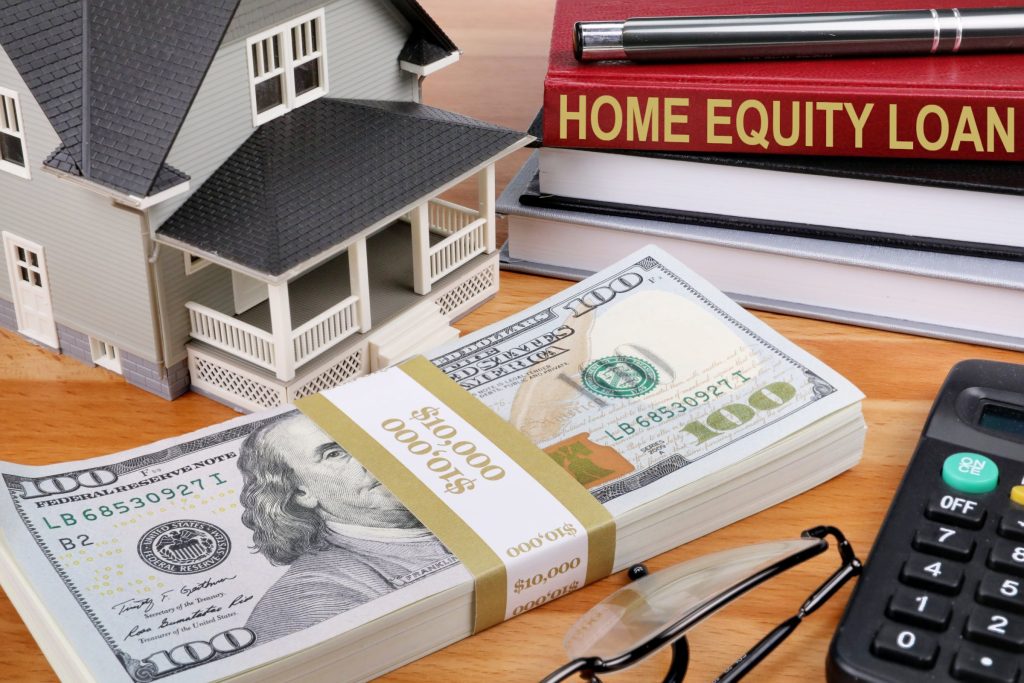
Downsizing or Selling Your Home: If you’re looking to access a significant portion of your home equity, downsizing to a smaller or more affordable property can be an option. Alternatively, selling your home outright and using the proceeds to fund your retirement or purchase a new home can provide financial flexibility.
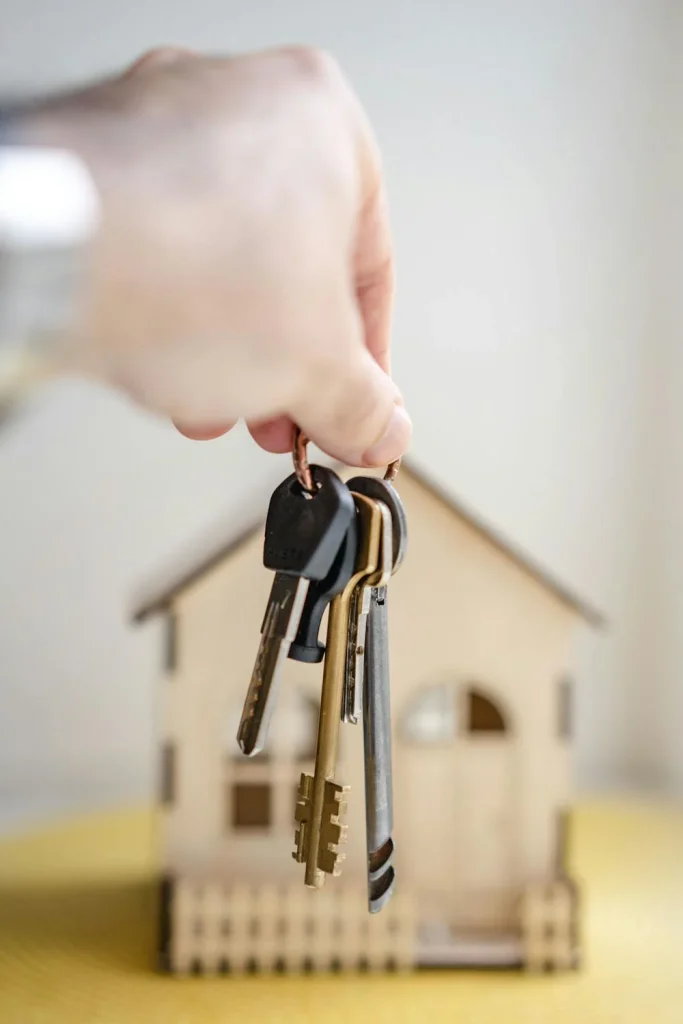
Retirement Accounts and Investments: Depending on your retirement savings and investment portfolio, you may be able to generate income through withdrawals or annuities. Consulting with a financial advisor can help you develop a strategy to maximize your retirement income while minimizing taxes and preserving your assets.

Supplemental Income Sources: Exploring part-time employment, rental income, or other income-generating opportunities can help supplement your retirement income without tapping into your home equity.
Benefits of Using a Reverse Mortgage to Buy a House

One of the primary advantages of using a reverse mortgage to buy a house is that it can help you preserve your retirement savings or other liquid assets. Instead of depleting your nest egg or investment accounts to cover the cost of a new home, you can leverage the equity in your existing property or the new property you’re purchasing. This can be particularly beneficial for retirees on a fixed income who want to maintain their financial security and liquidity.
Another benefit of this approach is that it allows you to access the equity you’ve built up in your home over the years. Rather than letting that equity sit idle, you can put it to work and use it to purchase a new property that better suits your needs or preferences. This can be especially useful for those looking to downsize, relocate to a different area, or move closer to family members.
Using a reverse mortgage to buy a house can also provide greater flexibility and financial freedom. Since the loan does not need to be repaid until you move out or pass away, you can enjoy living in your new home without the burden of monthly mortgage payments. This can free up more of your income for other expenses, such as healthcare, travel, or leisure activities.
Conclusion
Reverse mortgages can be a valuable financial tool for senior homeowners, offering access to home equity without the need for monthly payments. However, they come with significant risks, including high fees, interest accumulation, and the potential for foreclosure if loan obligations are not met. Before committing to a reverse mortgage, it’s crucial to thoroughly understand these risks and explore alternative options such as home equity loans, downsizing, or leveraging retirement accounts. By carefully weighing the pros and cons, seniors can make informed decisions that best suit their financial needs and goals, ensuring they maintain financial security and flexibility in their retirement years.




